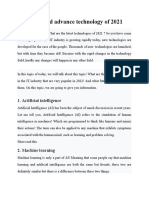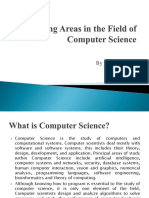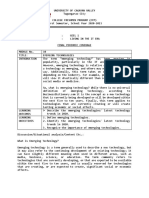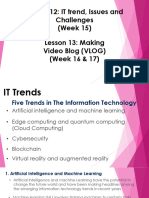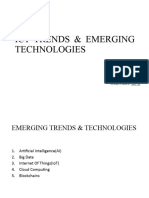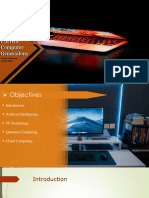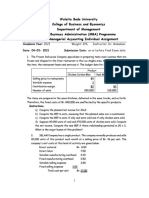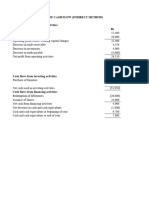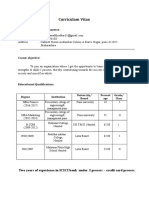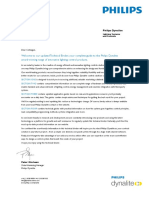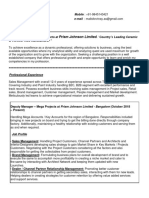0% found this document useful (0 votes)
37 views22 pagesCSC 103 Introduction 2 Computer
The document provides an overview of computer applications, including definitions, hardware and software components, and current technological trends such as Artificial Intelligence, Quantum Computing, and Cloud Computing. It highlights the importance of these technologies in various industries and discusses emerging areas like Blockchain, IoT, and Cybersecurity. Additionally, it emphasizes the need for sustainability in computing as a critical aspect of future developments.
Uploaded by
lukmonagbaje67Copyright
© © All Rights Reserved
We take content rights seriously. If you suspect this is your content, claim it here.
Available Formats
Download as PPTX, PDF, TXT or read online on Scribd
0% found this document useful (0 votes)
37 views22 pagesCSC 103 Introduction 2 Computer
The document provides an overview of computer applications, including definitions, hardware and software components, and current technological trends such as Artificial Intelligence, Quantum Computing, and Cloud Computing. It highlights the importance of these technologies in various industries and discusses emerging areas like Blockchain, IoT, and Cybersecurity. Additionally, it emphasizes the need for sustainability in computing as a critical aspect of future developments.
Uploaded by
lukmonagbaje67Copyright
© © All Rights Reserved
We take content rights seriously. If you suspect this is your content, claim it here.
Available Formats
Download as PPTX, PDF, TXT or read online on Scribd
/ 22
